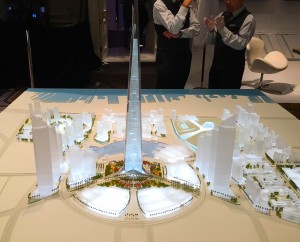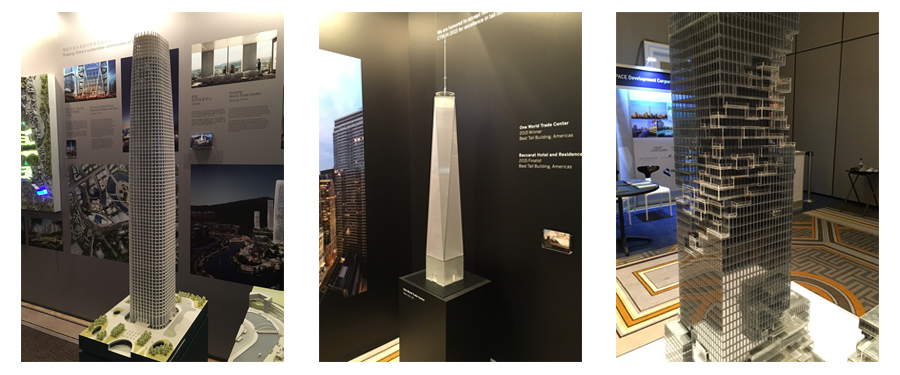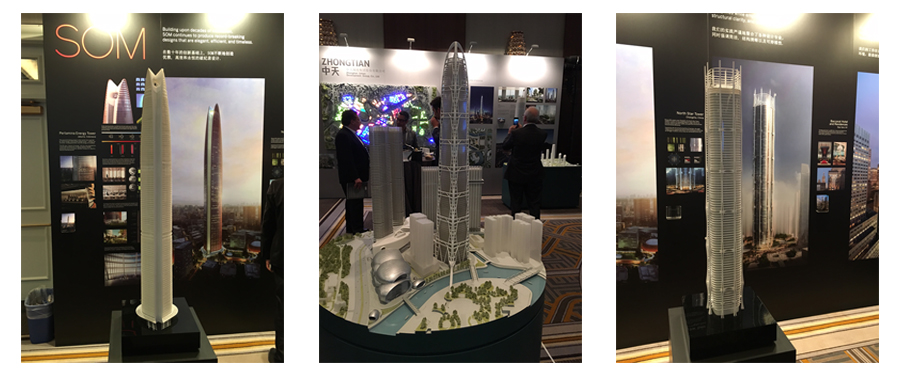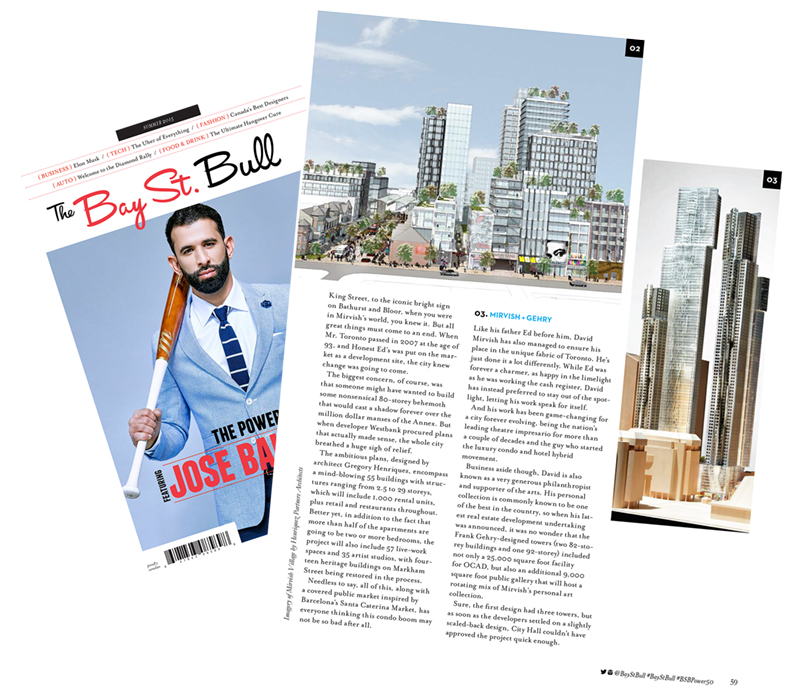Soft Costs: A Barrier to Home Ownership
February 19th, 2020
 Photo by Daniel M. from Unsplash
Photo by Daniel M. from Unsplash
A Barrier to Home Ownership Purchasing a new condo in Toronto can be expensive and even unaffordable for many first-time buyers. Families who are spending a large amount of money on new (pre-construction) condo typically assume that a significant portion of the money they are paying is going to the developer, however this is not the case. Although developing and constructing residential buildings is an expensive process, a sizable portion of the costs are not allocated to construction or land. The reality is that developers are required to pay up front fees to consultants and a significant amount of fees to municipalities in order to acquire approvals to develop and build new buildings. These fees are added to the cost of the home and ultimately paid for by the buyer. Those looking to purchase a Toronto home will continue to have a difficult time as prices continue to rise, partly due to development charges and a lengthy approval process.
Before a condo can be marketed and sold to buyers, there is an extensive planning and approval period in which developers must pay various application fees and eventually development charges to the city. According to the City of Toronto, these development charges are fees imposed on land development projects to help pay for the capital costs of infrastructure needed to service new development [1]. This includes services such as emergency services, transit, sanitary sewers, parks and recreation, childcare, health care, pedestrian infrastructure and more [2]. Also collected from developers are education development charges which are imposed by the Toronto Catholic District School Board (TCDSB) under the Education Act. Current City of Toronto Development Charges, which have been effective since November 1, 2019, are $29,729 for a one-bedroom apartment/condo, $45,234 for a two-bedroom apartment/condo and $76,830for a detached or semi-detached house [3]. These fees may increase during the approval process as they are not locked in until building permits are obtained.
Also, as part of the application process developers must submit many of professional reports and studies to the city. These include, but are not limited to, topographical surveys, sun/shadow studies, archaeological assessments, pedestrian level wind studies, transportation impact studies, environmental impact studies and noise and vibration reports. Due to the complexity of these documents, they must be prepared by specialized consultants who are typically paid well before units are sold.
All of the fees associated with studies and rezoning are done without knowing if a project will be approved, meaning that the money spent may be unrecoverable. Because of this considerable risk, the financiers who fund developers expect a fair return on their investment. These “at-risk” costs are not only an issue for developers, they are positively correlated to new home supply and home prices, meaning that as these fees continue to increase, home prices will increase as well. There is also reason to believe these fees play a significant role in the housing unaffordability problem that the city is currently facing.
Additionally, there are some costs that maybe unnecessary. For example, some of the technical studies required by cities are not critical early in the process and could be deferred until later in the process or when the project is approved. The current lengthy process adds costs to the project and ultimately to the home buyer. To reduce the timeline and reduce costs, the Ontario Association of Architects (OAA) has submitted a set of recommendations in 2019 to help improve the Site Plan Approval Process. These changes will help reduce the overall process timeline and therefore will help reduce overall costs.
While homebuyers believe that developers are making a large profit through their projects due to the high costs of purchasing a home, the reality is that a significant portion of the money is actually going towards the city. There should be changes implemented which would ultimately benefit both developers and home buyers while serving the city’s needs. Some simple solutions to these problems include:
- Locking in development fees at the time of the rezoning application or approval, so that there are not any unforeseen increases.
- Deferring the development fees to be paid at occupancy of the building.
- Following the OAA’s recommendations to reduce the timeline for Site Plan Approval.
These changes would speed up the process to help build more homes and also developers will lower their financier’s requirement for return on investment, thereby taking some pressure off of rising home prices. These changes may take time to implement. Educating the general population about the intricacies of approval fees and development charges is an important start to achieving change. Hopefully, this understanding will help citizens pressure governments to implement changes that will ease the pressure of soft costs.
Image Courtesy of City of Toronto
[1] https://www.toronto.ca/city-government/budget-finances/city-finance/development-charges/
[2] https://www.toronto.ca/city-government/budget-finances/city-finance/development-charges/
[3] https://www.toronto.ca/wp-content/uploads/2018/09/98f6-DC-Rates-Effective-Nov-1-2018.pdf





